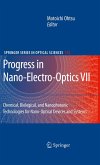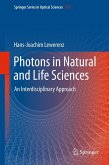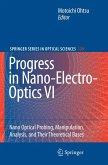This book provides a systemic and self-contained guide to the theoretical description of the fundamental properties of plasmonic waves. The field of plasmonics is built on the interaction of electromagnetic radiation and conduction electrons at metallic interfaces or in metallic nanostructures, and so to describe basic plasmonic behavior, boundary-value problems may be formulated and solved using electromagnetic wave theory based on Maxwell's equations and the electrostatic approximation.
In preparation, the book begins with the basics of electromagnetic and electrostatic theories, along with a review of the local and spatial nonlocal plasma model of an electron gas. This is followed by clear and detailed boundary value analysis of both classical three-dimensional and novel two-dimensional plasmonic systems in a range of different geometries. With only general electromagnetic theory as a prerequisite, this resulting volume will be a useful entry point to plasmonic theory for students, as well as a convenient reference work for researchers who want to see how the underlying models can be analysed rigorously.
Dieser Download kann aus rechtlichen Gründen nur mit Rechnungsadresse in A, B, BG, CY, CZ, D, DK, EW, E, FIN, F, GR, HR, H, IRL, I, LT, L, LR, M, NL, PL, P, R, S, SLO, SK ausgeliefert werden.









